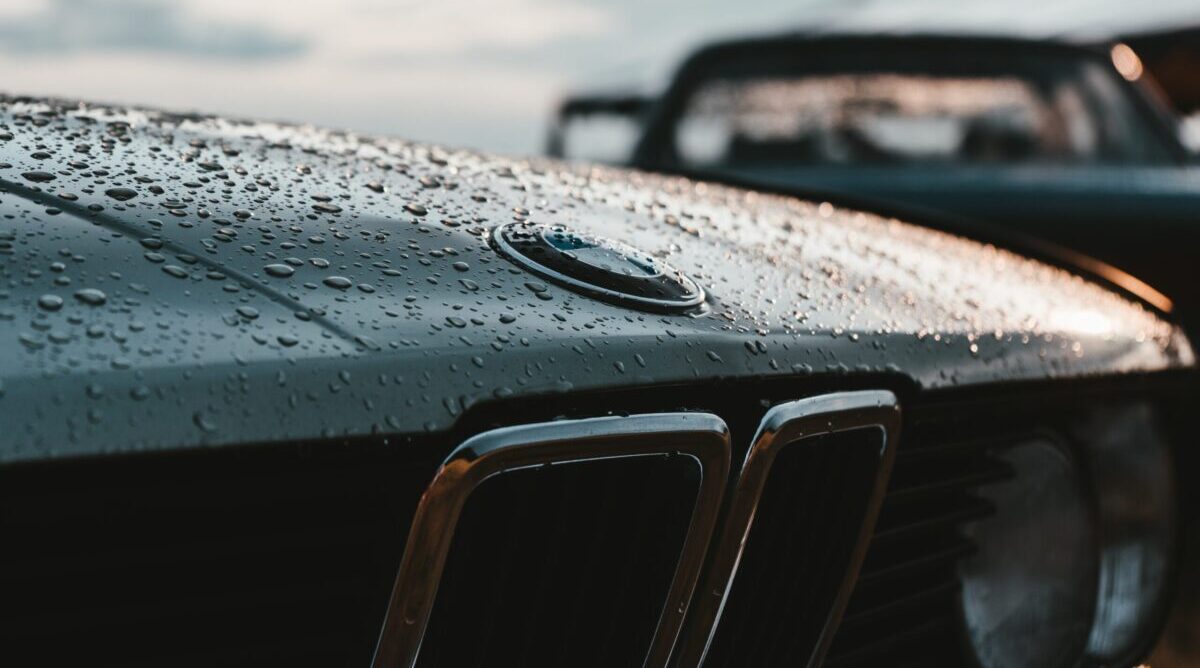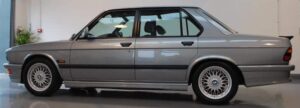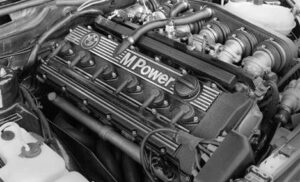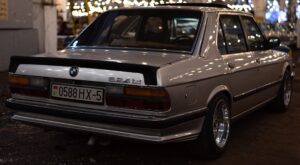BMW E28 buyers guide
1. What series is the BMW E28?
2. How many BMW e28 were made?
What series is the BMW E28?
This is the BMW E28 buyer’s guide. The BMW E28 is the second generation of the BMW 5 Series, which was produced from 1981 to 1988.
Here are all the models of the BMW E28:
BMW 518i
BMW 520i
BMW 520i (US)
BMW 520i (South Africa)
BMW 524d
BMW 524td
BMW 525i
BMW 525e
BMW 525e (US)
BMW 525i (South Africa)
BMW 528i
BMW 528e
BMW 528e (US)
BMW 528i (South Africa)
BMW M535i
BMW M5
These are the various models that were part of the BMW E28 lineup, each offering different engine options, trims, and specifications.
How many BMW e28 were made?
The BMW E28 5 Series had various models and engine options. While specific production figures for each individual model variant are not readily available, it is estimated that BMW manufactured around 722,328 units of the E28 series in total. The popularity of the E28 5 Series among BMW enthusiasts and collectors has contributed to its status as a classic and sought-after model.
BMW E28 body and interior
The body of the BMW E28 was characterized by clean lines and a classic sedan silhouette. It had a robust and elegant appearance, with a balanced and timeless design that still holds appeal today. The front end of the E28 typically featured twin circular headlights, while the rear end had a sculpted trunk and distinctive taillights. Overall, the E28 had a well-proportioned and aerodynamic body that conveyed a sense of sportiness and sophistication.
Moving to the interior, the E28 offered a driver-focused and luxurious cabin. The dashboard design was characterized by a clean layout, with clear and easily readable gauges and controls. High-quality materials, such as soft-touch surfaces and premium upholstery, were used throughout the interior.
The seats in the E28 were designed for comfort and support, providing a pleasant driving experience. Depending on the model and trim level, the seats could be upholstered in various materials, ranging from cloth to leather. In terms of seating configuration, the E28 typically accommodated five passengers, with ample legroom and headroom in both the front and rear seats.
Furthermore, the E28 featured several amenities features for its time. These included power windows, power-adjustable seats, air conditioning, and a range of audio options.
BMW E30 engines
The BMW E30, which was produced from 1982 to 1994, offered a range of engines to cater to different performance and fuel efficiency requirements. Here are some of the notable engines available for the E30:
- 1.8L M10 Inline-4: This engine, found in early E30 models, produced around 101 horsepower and provided decent performance for its time.
- 1.8L M40 Inline-4: Introduced in the late 1980s, this engine featured four valves per cylinder and produced approximately 113 horsepower. It offered improved fuel efficiency and smoother power delivery compared to its predecessor.
- 2.0L M20 Inline-6: This engine was available in various configurations, including the 2.0-liter M20B20, the 2.0-liter M20B25, and the later 2.0-liter M20B27. Power outputs ranged from around 121 to 127 horsepower, depending on the specific model and fuel injection system.
- 2.3L S14 Inline-4 (M3): The high-performance E30 M3 model featured the S14 engine, which produced approximately 192 horsepower in its initial form. This engine was specifically developed for motorsport applications and contributed to the E30 M3’s legendary status.
- 2.5L S14 Inline-4 (M3 Evolution): In later iterations of the E30 M3, the S14 engine was upgraded to a 2.5-liter configuration, increasing power output to around 235 horsepower. These models, often referred to as the M3 Evolution or Sport Evolution, offered enhanced performance on both the road and the track.
- 2.5L M20 Inline-6 (325i/325is): The 2.5-liter M20B25 engine, found in the 325i and 325is models, produced approximately 168 horsepower and provided a good balance of power and refinement.
- 2.7L M20 Inline-6 (325e/325iX): The 2.7-liter M20B27 engine was specifically developed for fuel efficiency, emphasizing low-end torque and smooth power delivery. It produced around 121 horsepower in the 325e model and was also used in the all-wheel-drive 325iX variant.
These are just some of the engines that were available in the BMW E30 lineup. The E30’s engine options provided a diverse range of power outputs and characteristics, allowing customers to choose a model that suited their preferences, whether they prioritized fuel efficiency, performance, or a balance of both.
BMW E28 suspension
The BMW E28, featured a suspension system that balanced comfort, handling, and road-holding characteristics. Here are some key details about the E28’s suspension:
- Front Suspension: The E28 utilized a MacPherson strut front suspension system. This type of suspension consists of a coil spring and a shock absorber, with a lower control arm that connects to the front wheel hub assembly. The MacPherson strut design is known for its simplicity and effective damping capabilities, providing a good balance between ride comfort and responsive handling.
- Rear Suspension: The E28 featured a semi-trailing arm rear suspension setup. This system incorporated multiple links and trailing arms that connected the rear wheel hubs to the chassis. The semi-trailing arm design helped maintain stability during cornering and provided a controlled and compliant ride. The rear suspension was complemented by coil springs and shock absorbers to manage vertical movement and dampen road imperfections.
- Anti-Roll Bars: The E28 was equipped with anti-roll bars, also known as sway bars, at the front and rear. These bars connected the left and right wheels of an axle and helped minimize body roll during cornering. The anti-roll bars contributed to improved handling and stability, allowing for confident and controlled maneuvers.
- Suspension Tuning: The suspension tuning of the E28 varied depending on the model and trim level. Some variants, such as the M535i or M5, featured sportier suspension setups with stiffer springs, upgraded shocks, and revised damping characteristics. These enhancements were aimed at enhancing the E28’s performance capabilities and providing a more engaging driving experience.
- Adaptive Suspension (Optional): In some markets, the E28 offered an optional self-leveling rear suspension system. This system used hydraulic elements to automatically adjust the ride height of the rear of the vehicle, helping maintain a level stance regardless of passenger or cargo load. The adaptive suspension provided improved comfort and stability, particularly when carrying heavier loads.
The E28’s suspension system was engineered to deliver a balance between ride comfort and sporty handling. Its well-designed front MacPherson strut and rear semi-trailing arm setup, along with anti-roll bars and optional adaptive suspension, contributed to a stable and enjoyable driving experience.
Are you already a proud owner of a BMW E28? If so, check out our selection of parts for this car at the following link:
https://octoclassic.com/product-category/bmw/e28
Photos sources: bmw-m.com, bimmertips.com










